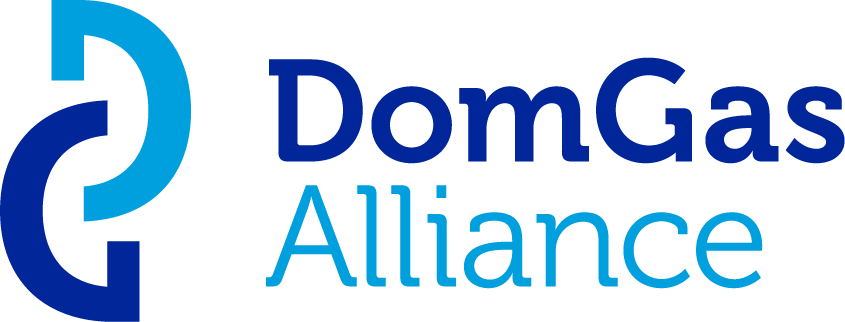WA Gas Market Strategic Development report
Commissioned by the Domestic Gas Alliance, the WA Gas Market Strategic Development report, was written by Wood Mackenize in order to provide an independent overview on the evolving dynamics of the WA domestic gas market, specifically, the role of the domestic gas policy in an environment of a decarbonizing world. Wood Mackenzie designed the report to support ongoing policy discussions while promoting a collaborative avenue for gas producers, buys and the WA Government.
The report draws a number of conclusions on the future of the gas industry, with near-term demand anticipated to grow and become a likely pathway to reducing carbon intensity within the WA economy. The expected growth between 2021 and 2030 will remain compatible with the McGowan Government’s 2050 net zero emissions goal, while the new supply development that comes as a result will reduce coal demand, support renewable energy growth, displace high emissions imports, and support jobs within the domestic gas industries.
In 2020, the domestic gas demand in WA was approximately 1,068 TJ/d and utilised primary among six key sectors, as follows: alumina sector, industrial, iron ore mining, power sectors (SWIS), mining (gold, base metals) and the residential/commercial sector. It is important to note that of the gas consumed in WA, 58% is for industrial and heat processes and only 42% is for gas powered generation.
With the current projects under construction the domestic gas market is predicted to grow, there is even more growth potential over the 2025 to 2030 period with several large-scale projects at various assessment stages. These projects, if all proceed to development, would increase WA gas demand by more than approximately 690 TJ/d. current projects in development include three lithium hydroxide refineries and Fortescue Metals Group Iron Bride magnetite project. Projects currently undertaking FEED studies include a urea project and CSBP Kwinana Ammonia Expansion, while projects that are in the pre-FEED phase include urea, blue ammonia, greenfield methanol and brownfield alumina.
The WA resources sector is vital to supplying commodities that are critical to the transition of a lower carbon economy, the vast majority of these commodities include lithium, nickel, cobalt, mineral sand and rare earth minerals, alumina and iron ore. Specifically, gas directly supports the mining, processing and exportation of the important commodities as well as being a key feedstock for the production of fertilisers (ammonia and urea) which, importantly, can displace high emission fertilisers from overseas.
The WA Government’s Domestic Gas Policy is designed to secure the state’s long-term energy requirements by essentially ensuring an amount of gas considered for export is for local use and economic development. The LNG developers must comply with the policy as a condition to project approval. Each project agreement is slightly different, all include the following elements:
1. Reservation- reserve an equivalent of 15% of LNG production for domestic uses;
2. Infrastructure- develop and maintain access to supply infrastructure;
3. Marketing- show diligence and good faith in marketing to consumers.
Due to the long-term decrease in gas demands that will be experienced in the future, gas needs t be developed and marketed now, or risk remaining in the ground long term or risk never being commercialised.
Read full report
Read report key points
Read Policy Paper
Images from the report launch
